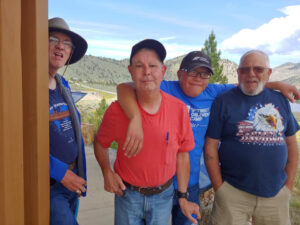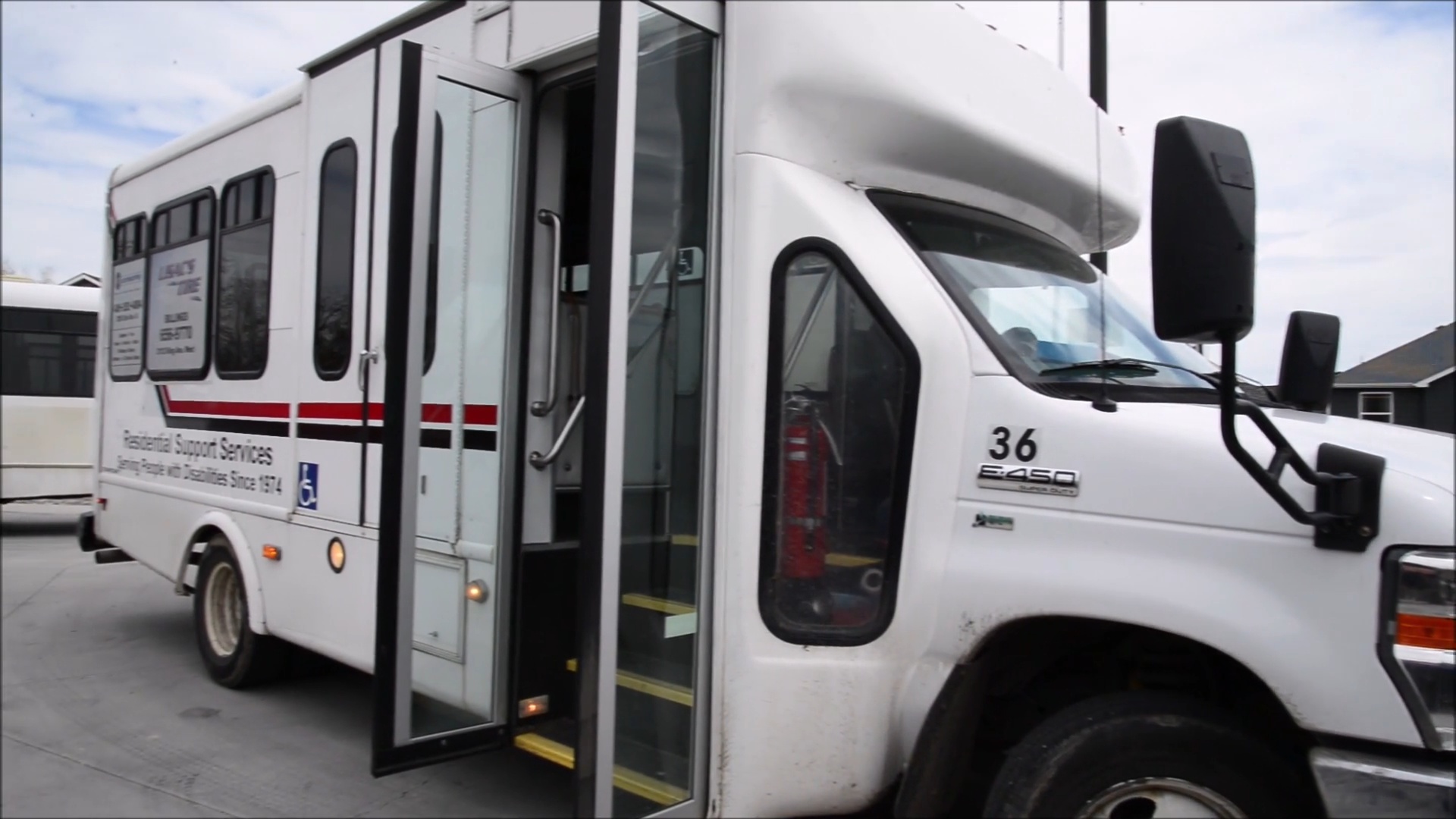People with disabilities have important goals and values that they share, just like everybody else. Owning or renting their own home is one of the basic cornerstones of independence and it is very important for disabled people to feel this sense of responsibility.
Living as independently as possible and being a part of a community is a big deal, not only for disabled people but their families as well. Despite this, people with physical and mental impairments are facing a severe housing crisis across our country. Housing for disabled people is at an all time shortage and the challenges in living on their own that these people are facing on a daily basis is devastating.
 The biggest problem is affordability. There are over 5 million non-institutionalized Americans who have disabilities. These people usually rely on SSI (Supplemental Security Income) as their main source of income. Many of them have jobs as well, but can only work part time and the jobs are usually low paying.
The biggest problem is affordability. There are over 5 million non-institutionalized Americans who have disabilities. These people usually rely on SSI (Supplemental Security Income) as their main source of income. Many of them have jobs as well, but can only work part time and the jobs are usually low paying.
So SSI is their main method of paying bills. SSI, on average only pays about $9k per year; a pittance when it comes to renting a home. This effectively prices people with disabilities out of every rental market in the country.
In 2014 the average rent for a 1-bedroom apartment was $780/month. This would equate to about 104% of a disabled person on SSI’s income. At those numbers, it’s pretty easy to see how tough it is for someone with a disability to live independently. Not only that, the gap is widening all the time, as prices for affordable living are only going up.
Accessibility is another issue for people with disabilities. Many disabled people need features like lower counters, widened doorways, wheel-in showers, and raised electrical outlets. It can be nearly impossible for people who use wheelchairs and other mobility devices to find to even find housing with the features to accommodate them, much less be able to afford it.
Finding a place with entrances without steps can be daunting and it is very costly to convert a home to have these features.
Another problem facing adults with disabilities is the aging of their caregivers. Many people rely on a caregiver that is over 60 years old, and as the person ages, their disabled adult children may be at risk of institutionalization or even homelessness. So in effect, not only is there a shortage of housing, there is a shortage of caregivers to help out, even if a person with special needs can find the housing.
All too often people with disabilities face discrimination when they are looking for housing. There are multiple federal laws on the books the prohibit a landlord from discriminating against a prospective tenant who is disable, but those laws are seldom enforced. In fact, complaints by people with disabilities make up the overwhelming majority of all the complaints received by the HUD Fair Housing Enforcement Office. Even if a landlord is not knowingly discriminating, often times they will rent to someone without a disability long before renting to a disabled person, simply because of perception.
There are some key programs out there that seek to increase the availability of affordable housing for disabled people. HUD (Department of Housing and Urban Development) does the best that they can but the need far exceeds the supply.
Section 811 is currently the only dedicated program that seeks to supply affordable, accessible housing for people with disabilities.
This program was recently modernized by the Frank Melville Supportive Housing Investment Act. The goal of this act was to make Section 8 more efficient and to also increase the amount of units that the program creates. Typically, this is done by integrating larger, affordable apartment buildings, and linking them with support services and volunteers. In this type of situation, tenants pay 30% of their adjusted income which allows people who receive SSI to live affordably.
 Section 8 Housing Vouchers is also designed to help low income, elderly people, and people with disabilities find housing in the private marketplace. This program uses the same 30% of total income model and is headed by a person in the family with a disability about 1/3 of the time. Under this program, participants find their own housing and so are able to choose any housing that fits the requirements of the program. In most parts of the country there is a very long waiting list for people to receive Section 8 vouchers.
Section 8 Housing Vouchers is also designed to help low income, elderly people, and people with disabilities find housing in the private marketplace. This program uses the same 30% of total income model and is headed by a person in the family with a disability about 1/3 of the time. Under this program, participants find their own housing and so are able to choose any housing that fits the requirements of the program. In most parts of the country there is a very long waiting list for people to receive Section 8 vouchers.
Public housing can also be found in a wide variety of formats from single family dwellings to apartment buildings. 1 in 5 households are headed by a person with a disability and the same 30% of total income model also applies here. Like the Section 8 Housing Vouchers, however, the availability is extremely limited and people are often on waiting lists for years at a time.
A trust fund called the National Housing Trust Fund was recently created to provide grants to states to build and rehabilitate housing for people with low incomes and disabilities. This was established as part of the Housing and Economic Recovery Act of 2008 and is helping to establish another avenue for people to secure housing in their communities.
Click here to learn more about group homes near Billings, MT









